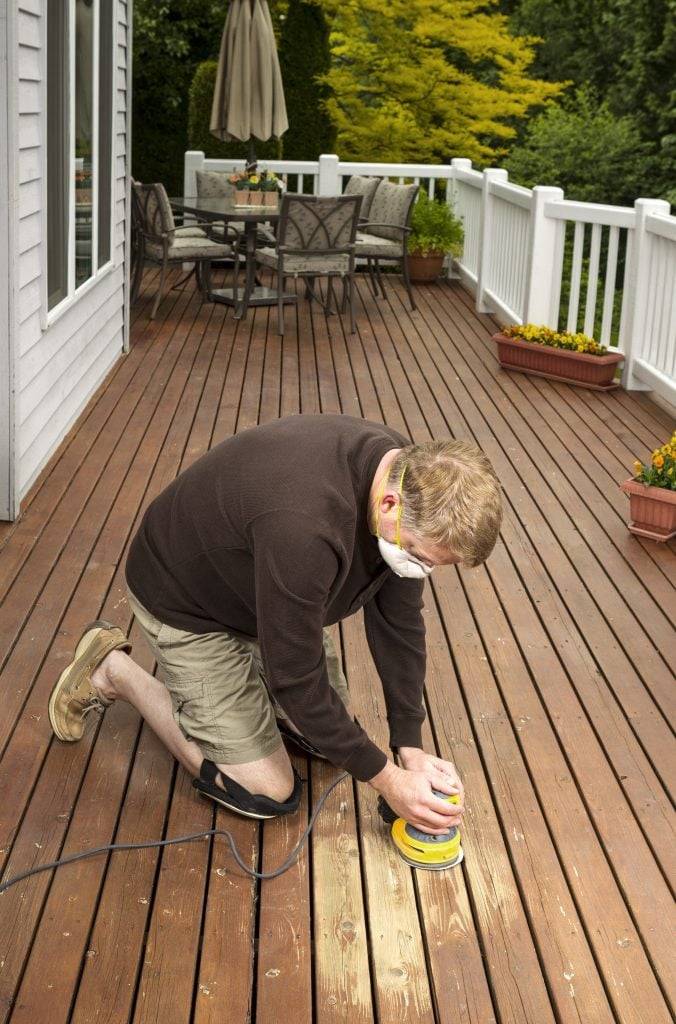
When it comes to building a deck, the choice of materials can greatly impact its durability, aesthetics, and maintenance requirements. Cedar deck boards and Tigerwood hardwood decking are two popular options, each with its unique set of pros and cons.
In this blog post, we will specifically focus on the cons of using cedar deck boards and compare them to the advantages of Tigerwood hardwood decking.
Durability and Lifespan
Cedar is a softwood, which means it is less dense and durable than hardwoods like Tigerwood. Cedar decks have a lifespan of around 15-20 years with proper maintenance, whereas Tigerwood decks can last over 30 years with minimal upkeep. The longer lifespan of Tigerwood decking makes it a more cost-effective choice in the long run.
Resistance to Insects and Decay
Cedar wood is somewhat naturally resistant to insects and decay, but it doesn’t compare to the exceptional resistance of Tigerwood. Tigerwood’s high density and natural oils make it much more resistant to wood-boring insects and fungal decay, ensuring a longer-lasting deck.
Maintenance Requirements
Cedar decks require regular maintenance, including sanding and applying a water sealer every 2-3 years to maintain their color and protect them from the elements.

On the other hand, Tigerwood decks only need occasional cleaning and may require oiling every year to retain their rich, exotic appearance.
The oiling process is fast and easy, it’s not as labor intensive as sealing Cedar with a water sealer. Water sealers will eventually peel off forcing you to sand the entire deck and reapply.
With Tigerwood the oil is like a sunscreen when it fades you simply clean any debris off the deck and roll on more oil and you’re done. The lower maintenance requirements of Tigerwood decking can save time and money in the long run.
Weathering and Color Fading
Cedar deck boards are susceptible to weathering and color fading over time, turning from a rich red-brown to a silvery-gray patina. While some homeowners may find this aged look appealing, others prefer the consistent appearance of Tigerwood decking. Tigerwood’s natural color variations and resistance to color fading make it an attractive option for those seeking a long-lasting, vibrant deck.
Cost Comparison
Like the cost of many goods Cedar prices have significantly increased over the past few years due to supply and demand as well many other contributing factors. Tigerwood decking is nearly the same price as Cedar now making the switch to Tigerwood a wise investment.
Additionally you can save on Tigerwood by choosing 1 x 6 opposed to the slightly thicker 5/4 x 6 decking. Tigerwood is so strong you can use a slightly thinner deck board and save money compared to Cedar.
Conclusion:
While cedar deck boards have some advantages, they come with notable drawbacks, including a shorter lifespan, higher maintenance requirements, and susceptibility to weathering and color fading.
Tigerwood hardwood decking offers a durable, low-maintenance, and visually striking alternative. Carefully consider your priorities and weigh the cons of cedar decking against the benefits of Tigerwood to make an informed decision for your outdoor space.